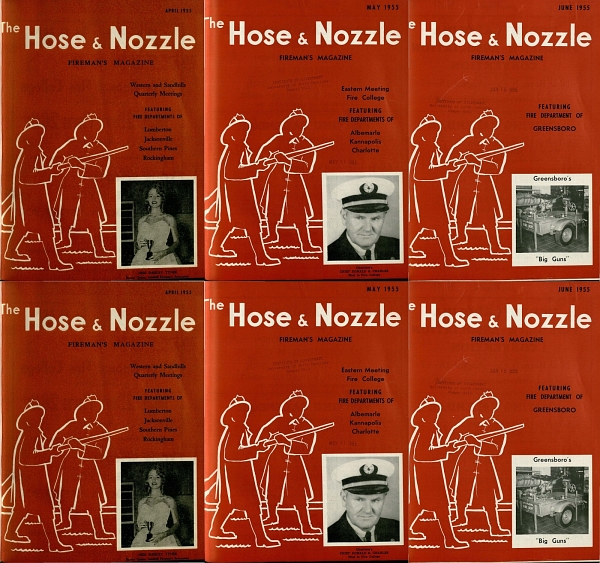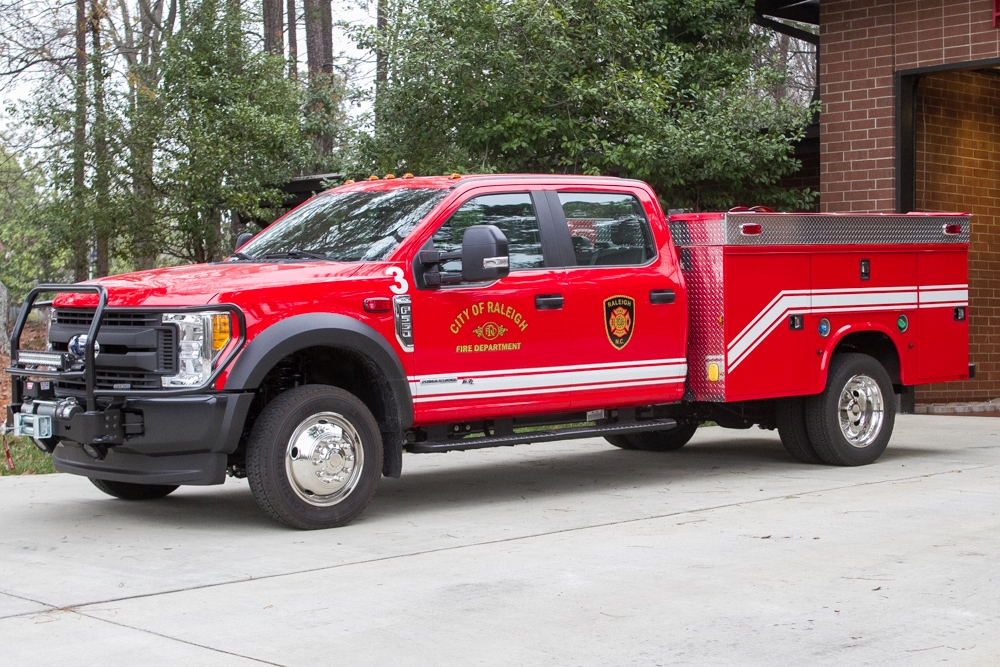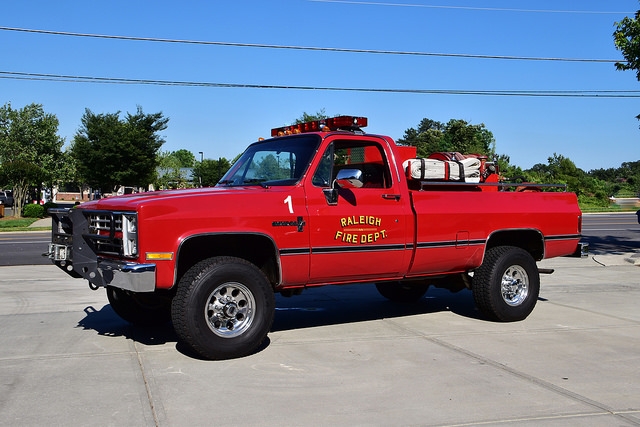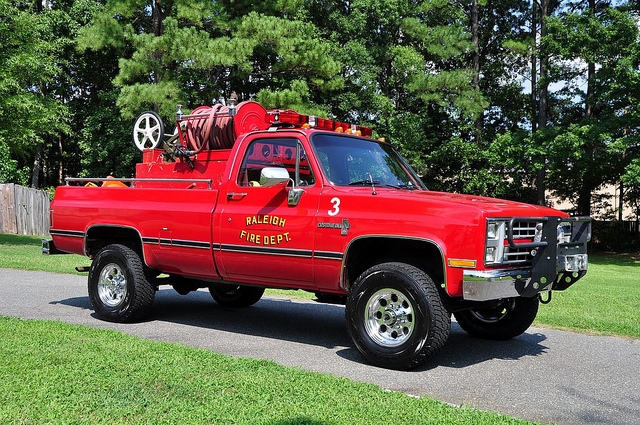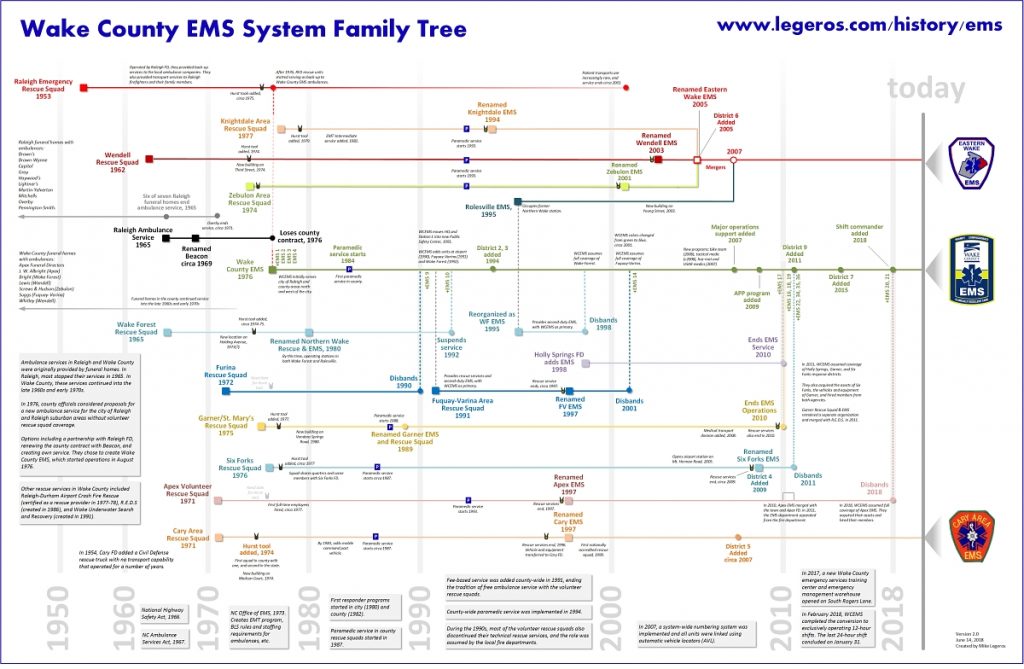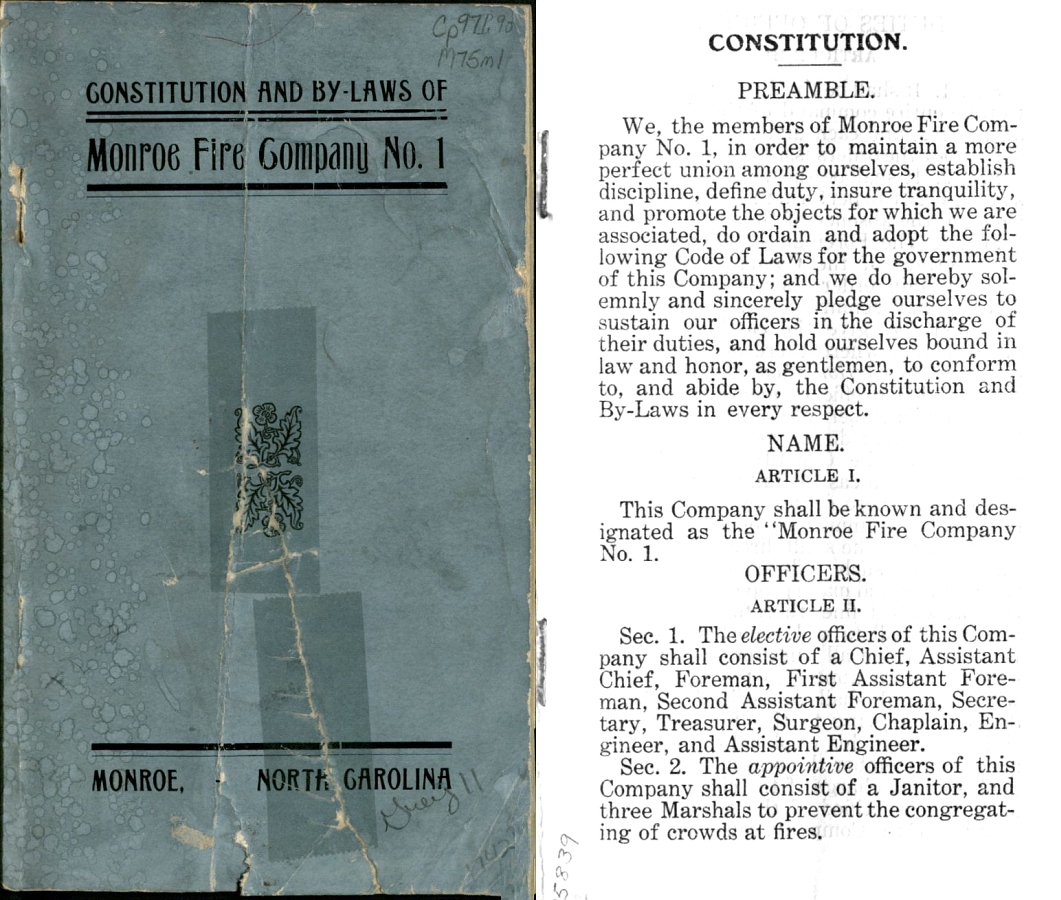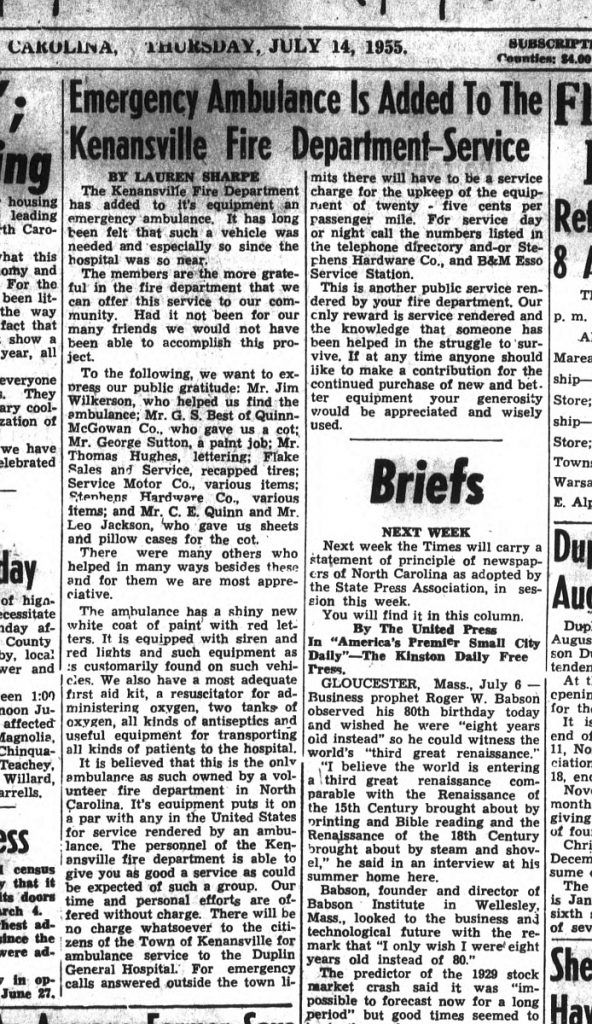This posting was originally posted on Facebook, on the Chapel Hill Fire Department Retirees & History page.
Every part of a community is invariably impacted by fire. And as the clock is turned back, toward simpler times with fewer priorities on life safety and fire prevention, the numbers of destructive blazes invariably rise.
Here’s a list of the major fraternity fires at the University of North Carolina in Chapel Hill, over the last century. The list tragically culminates in the town’s and campus’ deadliest fire in 1996, when five college students died in a morning fire at Phi Gamma Delta.
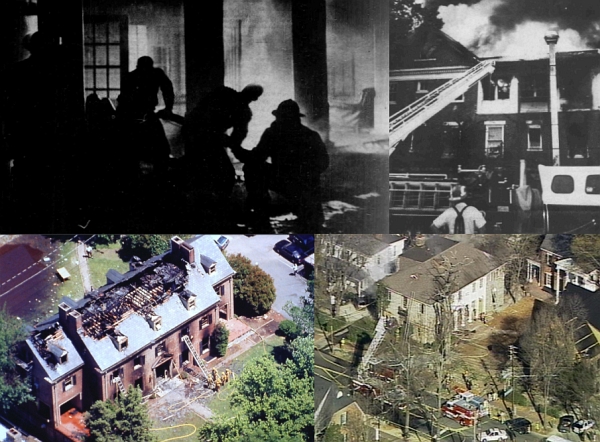
Today, there are 29 fraternities at UNC, says the web. This list of 25 fires represents 18 different fraternities. (And sororities as well? There may be one or more in there. )
Excluded are many, many, smaller fires at these and other Greek houses. Plus any other major fires that Mr. Blogger hasn’t yet discovered in his research..
What were the life safety milestones, over these periods? What sort of fire protection systems were added, as the decades passed? Good question. May update later, with more information.
By decade, the numbers are:
- 1900s – 1
- 1910s – 1
- 1920s – 4
- 1930s – 1
- 1940s – 1
- 1950s – 2
|
- 1960s – 3
- 1970s – 4
- 1980s – 1
- 1990s – 1
- 2000s – 1
|
List of Fires
1909, June 2 – Alpha Tau Omega – Destroyed – DTH, Jun 5, 1909
1919, Jan 8 – Three houses: Sigma Alpha Epsilon, Pi Kappa Phi, Sigma Nu. Alarm ~2:00 a.m. Durham called, but arrived too late to help. Campus library protected with hose streams. All three destroyed. Loss over $20,000 – DTH, Jan 17, 1919; Charlotte News, Jan 1, 1919
1927, Jan 13 – Phi Delta Theta – Alarm about 12:30 a.m. Controlled in about hour, extinguished by 2:30 a.m. Wooden building, 13 years old, was destroyed. $10,000 damage – DTH, Jan 15, Jan 19, 1927.
1927, May 6 – Alpha Tau Omega – Alarm ~10:10 a.m. Building gutted – DTH, May 5, 1927.
1928, May 6 – Phi Delta Theta – Starts about 12:30 p.m. Building largely destroyed – DTH, May 8, 1928.
1929, Dec 12 – Delta Sigma Phi – Building 75 percent destroyed – DTH, 13, 1929.
1931, Mar 22 – Two fraternity houses – Alarm ~5:00 a.m. for both fires. Deserted Tau Epsilon house and Alpha Kappa Kappa house – DTH, Mar 24, 1931.
1948, Feb 1 – Alpha Gamma – Battle Lane. Alarm ~4:45 a.m. Fire in attic. $6,000 damage – DTH, Feb 19, 1948.
1953, Dec 18 – Pi Kappa Phi – Rosemary Street. 4:00 a.m. Caused by defective furnace in basement. Building gutted. $40,000 damage – DTH, Jan 5, 1954; Oct 15, 1955; CHW, Jun 15, 1956.
1954, Nov 9 – Kappa Alpha – 110 W. Cameron Street. Alarm ~9:05 a.m. Building gutted. $8,000 damage – DTH, Nov 9, 1954; Oct 15, 1955.
1964, Apr 2 – Kappa Sigma – Alarm 10:55 p.m. Controlled ~11:30 p.m. Extinguished 1:30 a.m. Displaced 22 residents. First floor gutted. $50,000 damage – Apr 4, 1964.
1966, June 19 – Kappa Alpha – Started 4:10 a.m. Controlled after an hour. Started in basement by two teen girls. Partially destroyed first floor. $40,000 damage – DTH, Jan 23, Sep 15, 1966.
1969, Dec 25 – Phi Kappa Sigma – Arrived 10:18 p.m. Controlled 3:00 a.m. Building gutted. $175,000 to $250,000 damage – DTH, Jan 6, 1970.
1971, Oct 24 – Delta Kappa Epsilon – Alarm 6:10 a.m. Carrboro firemen also responded. Over two hours to control. Building gutted. $200,000 damage – DTH, Oct 25, Oct 26, 1971.
1975, Oct 6 – Sigma Nu and Delta Kappa Epsilon – Alarm ~3:00 a.m. Suspected arson. Investigation continues for several months. No arrests made – DTH, Oct 10, 1975; DTH, Jan 12, 1977.
1976, Dec 1 – Pi Kappa Phi – 216 Finley Road. Alarm 1:15 a.m. Built 1967. Total loss – DTH, Dec 2, 1977.
1977, Jan 5 – Pi Lamba Phi – Discovered 2:16 p.m. Controlled 30 to 45 minutes. Building gutted. $90,000+ damage – CHN, Jan 6; DTH, Jan 12; DTH, Nov 17, 1977.
1989, Oct 5 – Zeta Psi – Alarm ~5:45 a.m. All four pumpers were used. Carrboro sent one truck to cover town. Third/half of building destroyed – DTH, Oct 8, 1996.
1996, May 12 – Phi Gamma Delta – 108 W. Cameron Ave. Alarm 6:07 a.m. Five students killed, three injured. Town’s deadliest fire. Built 1923 – N&O May 13, 1996, for starters.
2001, Mar 28 – Kappa Sigma – Little Fraternity Court. Empty fraternity house. Under major renovations including a mandated sprinkler system. $150,000 damage – CHH, Mar 29, 2001; WRAL, Mar 27, 2001.
Sources
Major sources include:
